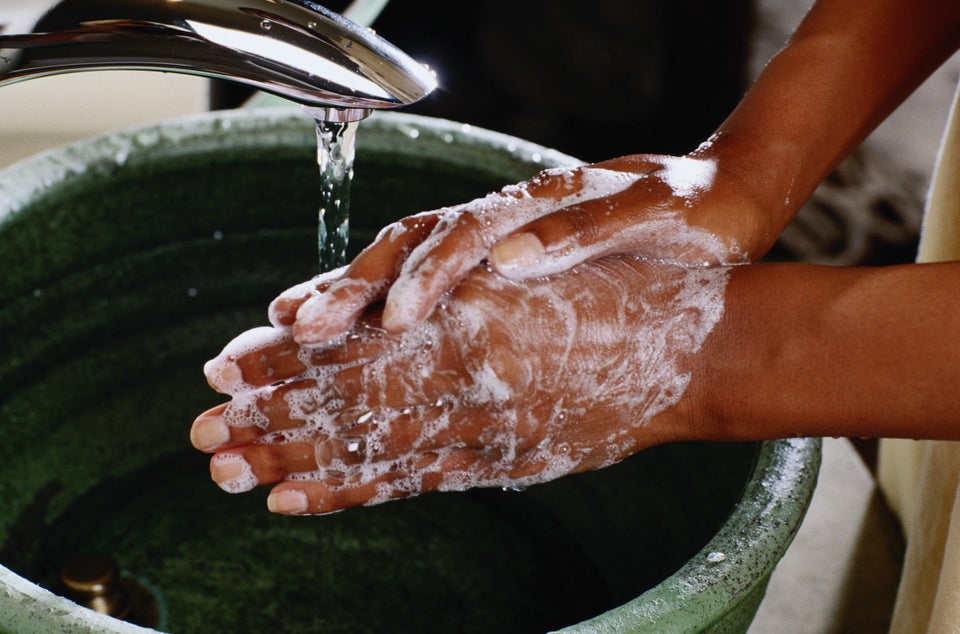Nearly every week, Dr. Corwin Warmink, the medical director of emergency services at Cook Children’s Medical Center in Fort Worth, Texas, sees a child who is brought to the ER for biting into a laundry pod.
And several times a year, the cases are extremely serious. He has treated young patients whose throats have closed in a matter of minutes, and who needed to be hooked up to a ventilator to save their lives.
“It’s a surprisingly potent little ‘pill,’” Warmink told HuffPost. “It’s kind of a perfect storm of danger for young children.”
“They’re tempting — they’re soft, squishy and colorful — and the stuff contained in them is super-concentrated,” he continued. “The severity of the symptoms we see are way different than if we see a child who drinks the equivalent amount of detergent or even bleach.”
Poison-control experts and doctors have been sounding the alarm about the dangers of laundry pods for years. They warn the concentrated laundry packets pose a particular risk for young children who might mistake them for candy.
So in 2015, the standards organization ASTM International published voluntary safety standards for the pods, calling for them to come in opaque packages that might not be as visually appealing to children, and to carry warning labels so parents and caregivers understand the potential risks.
But a new study published this week in the journal Pediatrics has found that while laundry pod-related poisonings have decreased somewhat in recent years, they continue to pose a major risk to young children.
From 2012 to 2015, there were nearly 73,000 calls to poison-control centers about laundry pod exposures, which could be to the eyes or ingestions. That works out to roughly 40 cases per day.
“The study found only a modest decrease — 18% — in calls for children younger than 6 years of age ... as well as an increase in calls for older children and adults,” study author Dr. Gary Smith, director of the Center for Injury Research and Policy at Nationwide Children’s Hospital in Columbus, Ohio, told HuffPost. “The number of exposures remain unacceptably high.”
Smith noted that in 2016, poison-control centers had 39 cases of intentional laundry-pod ingestion among teenagers, and in 2017 there were 53 cases — likely a result of the viral “Tide Pod” challenge. (Notably, the study also found an increase in exposures in adults with dementia.)
But Smith believes the real problem isn’t dangerous viral fads; it is that the current safety standards are not doing enough to keep kids safe.
The dip in laundry-pod exposures falls well short of the rapid and significant decline in exposures following the Poison Prevention Packaging Act (PPPA) of 1970, which required childproof closures on potentially toxic products, like over-the-counter medicines.
Smith points out that 92% of recent exposures are in children under the age of 6, and suggests that manufacturers should be required to make laundry pod packages PPPA-compliant. Meaning, they should be sold in child-resistant packaging, something certain companies like Tide Pods maker Procter & Gamble say they have already begun to do.
Of course, parents can help keep their kids safe by storing packets out of the way and in a childproof container, but Smith worries that even that is not enough.
Indeed, Warmink said he has treated patients whose parents have taken steps to protect them from laundry pod exposures. Part of the problem, he says, is the ubiquity of these products, so even if they are safely stored at home, that might not necessarily be the case at the house of a friend or relative.
“In the time it takes to move a shirt from the washer to the dryer, a child can ingest a dangerous dose of laundry detergent from a packet. ... Parents simply cannot watch their child every second of the day,” Smith said.
“We have safer alternatives to laundry detergent packets ― we’ve used them for decades,” he added. “There’s absolutely no reason why we should
see children being rushed to hospitals in coma, having seizures, or even dying due to this product.”
